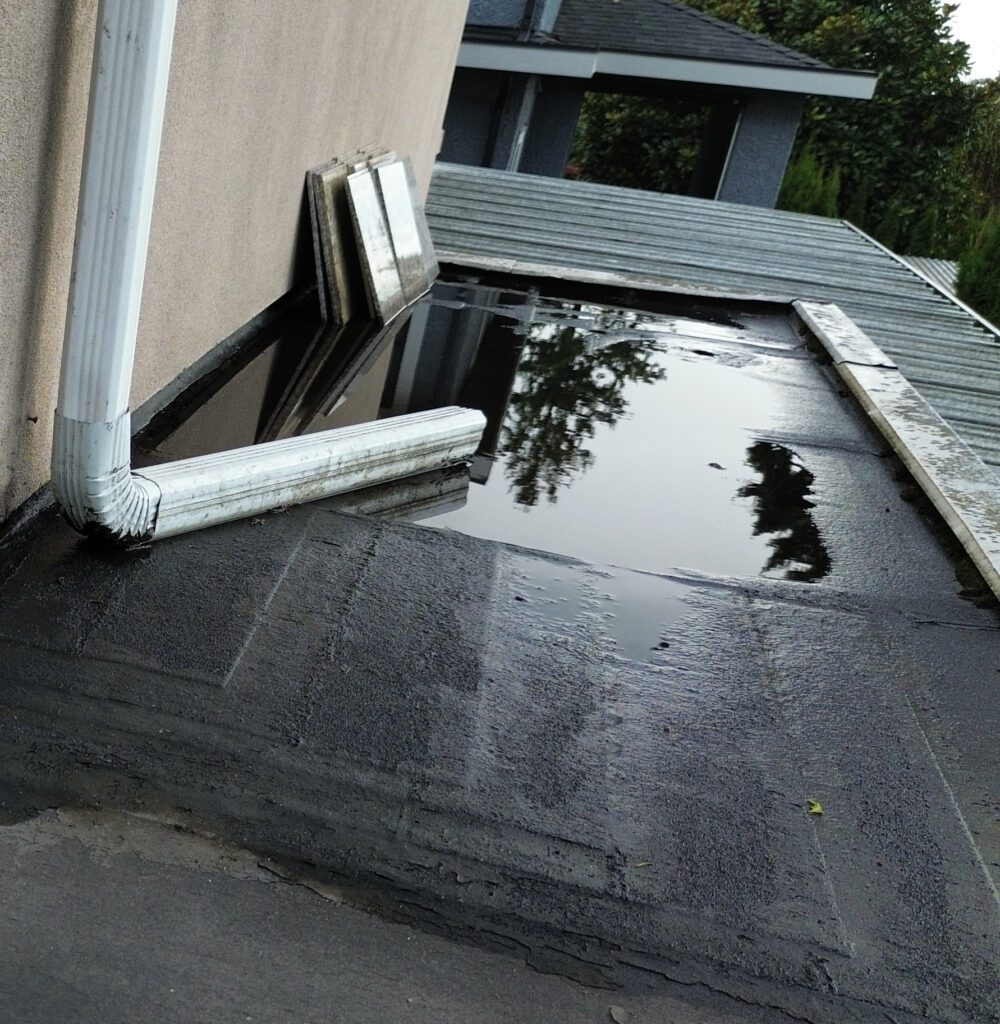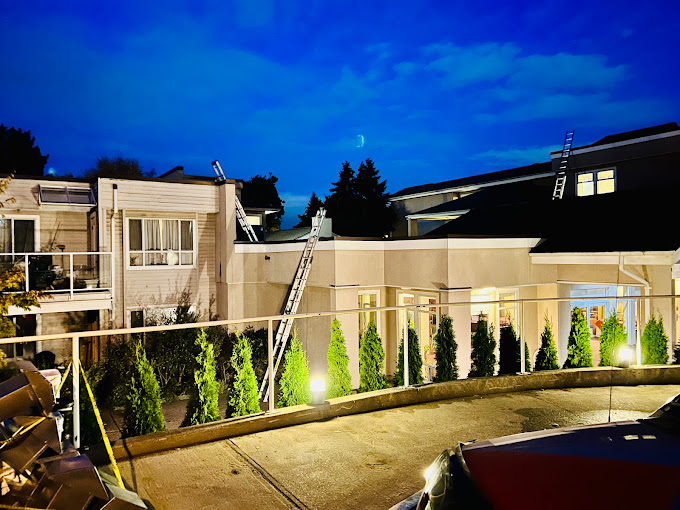Noticing a ceiling stain in your home can be more than just a cosmetic issue; it often signals a ceiling water leak. In Vancouver’s climate, characterized by frequent rain and high humidity, such stains are common indicators of underlying moisture problems.
According to Health Canada, signs of excessive moisture, like stains or discoloration on ceilings, can lead to mold growth if not addressed promptly. Ignoring these stains may result in structural damage and health risks due to mold proliferation.
Given Vancouver’s weather patterns, it’s crucial to recognize that a ceiling stain often points to a ceiling water leak. Timely identification and repair can prevent extensive damage and costly repairs so, in this blog, we’ll explore the causes of ceiling stains, how to identify a ceiling water leak, and the steps to fix and prevent future issues.
What Causes a Ceiling Stain?
A ceiling stain can be caused by various issues, and identifying the root cause is the first step to fixing it. Here are some of the most common reasons:
1. Roof Leakage
In rainy cities like Vancouver, roof leakage is one of the leading causes of ceiling stains. Damaged shingles, clogged gutters, or flashing issues can allow water to seep through your roof and into your home, creating visible stains on the ceiling.
2. Plumbing Problems
Leaky pipes, especially those running through the ceiling or walls, are another common culprit. A slow drip from a broken pipe or loose joint can lead to damp spots that eventually become stains.
3. Condensation
In colder months, warm air inside your home can meet the cold surface of the ceiling, causing condensation. Over time, this moisture can soak into the material, resulting in a ceiling stain.
4. Poor Insulation or Ventilation
Without proper insulation or ventilation, your home can experience moisture buildup. This often occurs in attics, leading to dampness that seeps through and leaves unsightly marks on your ceiling.
5. Storm Damage
Strong winds and heavy rains can cause physical damage to your roof, leading to immediate roof leakage. This often results in stains appearing shortly after a storm.
Why Identifying the Cause Matters
Each of these causes requires a different solution. Ignoring a ceiling water leak or other sources of stains can lead to more severe issues like mold growth or structural damage. It’s essential to address the issue promptly to prevent further complications.
By understanding these potential causes, homeowners in Vancouver can take proactive steps to protect their roofs and homes.
5 Signs Your Ceiling Stain Could Mean a Ceiling Water Leak
Not all ceiling stains are the same, but some could be telling you there’s a ceiling water leak hiding above. Here are five signs to watch out for:
1. Discoloration on the Ceiling
A ceiling stain that looks like a dark or yellowish spot is often caused by water soaking through. If it grows over time, it’s a clear sign of a ceiling water leak that needs immediate attention.
2. Bubbling or Peeling Paint
Water can cause paint to bubble, crack, or peel near the ceiling stain. This often happens when a roof leakage allows water to collect inside the ceiling materials, pushing the paint outward.
3. Damp or Musty Smell
Even if the ceiling stain is small, a lingering musty odor could mean there’s moisture trapped above. This is a common sign of mold caused by a ceiling water leak or poor ventilation.
4. Dripping Water or Active Moisture
If you notice water dripping from the stained area or feel dampness when you touch it, the ceiling stain is almost certainly caused by a ceiling water leak. This requires immediate action to avoid further damage.
5. Recent Storm or Heavy Rain
Did the stain appear after a storm? Vancouver’s wet climate makes roof leakage during heavy rain a common issue. If a new stain shows up following a downpour, it’s likely tied to a roof leak.
What to Do Next
If you notice any of these signs, it’s time to act quickly. Delaying roof leak repairs can lead to larger problems like mold, higher repair costs, or structural damage. Identifying the warning signs early can save you time, money, and hassle.
How to Fix a Ceiling Water Leak
Fixing a ceiling water leak requires identifying the source of the problem and taking the right steps to address it. Here’s a simple guide to help you:
1. Locate the Source of the Leak
The first step is to figure out where the water is coming from. Check your roof for obvious signs of roof leakage, like missing shingles, damaged flashing, or clogged gutters. If the issue isn’t from the roof, inspect pipes or plumbing near the ceiling stain.
2. Stop the Water Flow
If water is actively leaking, minimize the damage by stopping the flow. For roof leakage, use a tarp or temporary sealant to cover the damaged area until a permanent roof leak fix can be applied. For plumbing issues, shut off the water supply to the affected pipe.
3. Dry the Affected Area
Remove any standing water and use fans or dehumidifiers to dry the damp ceiling and surrounding areas. This step is crucial to prevent mold growth caused by the ceiling water leak.
4. Repair the Damage
- For Roof Leaks: Call a professional roofing company to inspect and repair the damage. They can provide a long-term solution for roof leakage, whether it’s replacing damaged shingles or fixing flashing.
- For Plumbing Issues: Hire a plumber to repair any broken or leaking pipes.
5. Restore the Ceiling
Once the leak is fixed, repair the ceiling stain by patching or replacing the damaged drywall. Repaint the ceiling after ensuring it’s completely dry to prevent future discoloration.
Why Professional Help Matters
While you can take temporary measures, fixing the underlying issue often requires professional expertise. Roofing professionals in Vancouver, for example, can assess the damage and ensure a permanent roof leak fix that protects your home from future leaks.
Acting quickly when you notice a ceiling water leak can save you from bigger problems down the line. Don’t hesitate to contact a trusted roofing or plumbing expert to get the job done right.
Preventing Future Ceiling Stains and Roof Leaks
Taking steps to prevent a ceiling water leak can save you time, money, and stress in the long run. Here are practical ways to avoid future ceiling stains and roof leaks:
1. Schedule Regular Roof Inspections
In Vancouver’s wet climate, routine roof inspections are essential. A professional roofer can spot early signs of roof leakage, like damaged shingles or clogged gutters, and fix them before they cause a ceiling water leak.
2. Keep Gutters Clean
Blocked gutters can cause water to overflow and seep into your roof, leading to roof leaks and stains on your ceiling. Clean your gutters regularly, especially during the rainy season, to ensure water flows away from your home.
3. Fix Small Issues Promptly
A tiny crack or loose shingle might not seem like a big deal, but small problems can quickly turn into costly roof leak repairs. Address these issues as soon as you notice them to prevent water damage.
4. Ensure Proper Attic Ventilation
Poor attic ventilation can cause condensation to build up, leading to moisture that creates ceiling stains. Installing or improving attic vents can help regulate temperature and reduce the risk of a ceiling water leak.
5. Upgrade Roofing Materials
If your roof is older or frequently experiences issues, consider upgrading to more durable, water-resistant materials. Modern roofing solutions are designed to withstand Vancouver’s heavy rain and help prevent roof leakage.
6. Monitor Your Home After Storms
After heavy rain or a storm, inspect your roof and attic for signs of leaks. Catching a potential problem early can help you avoid more extensive damage and expensive roof leak repairs.
Why Prevention Matters
Preventing a ceiling water leak is always easier and cheaper than repairing one. With regular maintenance and quick action on minor issues, you can protect your home and avoid the frustration of unexpected ceiling stains. For peace of mind, work with a trusted roofing professional to keep your roof in top shape year-round.
When to Call a Professional for Roof Leak Repair
Some small home repairs can be handled on your own, but when it comes to a ceiling water leak, certain situations call for professional help. Here are the key times to reach out to an expert for roof leak repair:
1. The Source of the Leak is Unclear
If you can’t figure out where the ceiling water leak is coming from, it’s time to call a roofing professional. They have the tools and experience to inspect your roof, attic, and plumbing to pinpoint the exact cause, whether it’s roof leakage or another issue.
2. The Leak is Causing Structural Damage
A persistent roof leak can weaken your home’s structure, especially if water has soaked into the ceiling, walls, or support beams. Professionals can assess the extent of the damage and recommend the best way to fix it.
3. Temporary Fixes Aren’t Working
If you’ve tried DIY solutions like patching or sealing but the ceiling water leak keeps coming back, it’s likely a deeper issue. Roofing experts can provide a permanent solution to stop the leak for good.
4. Mold or Mildew is Growing
A ceiling stain accompanied by a musty smell or visible mold growth is a serious issue. Mold not only damages your home but also poses health risks. A professional can repair the roof leakage and advise on mold remediation.
5. You’re Dealing with an Older Roof
Older roofs are more prone to roof leaks due to wear and tear. If your roof is nearing the end of its lifespan, it’s best to have a professional evaluate whether repairs or a full replacement is needed.

CONCLUSION
A ceiling stain might seem like a small issue, but it can be a warning sign of a bigger problem, like a ceiling water leak. Identifying the cause—whether it’s roof leakage, plumbing issues, or poor ventilation—and addressing it quickly can save you from costly repairs and damage to your home.
By learning the signs of a ceiling water leak and taking steps to prevent future leaks, you can protect your home and your peace of mind. Regular roof inspections, proper maintenance, and acting promptly when problems arise are key to avoiding expensive roof leak repairs.
Want to learn more about roof leaks and how to handle them? Check out our blog, 5 Essential Facts About New Roof Leaks Every Homeowner Should Know, for expert tips and advice.
If you notice a ceiling stain or suspect a roof leakage, don’t wait. Call a trusted roofing professional to assess and fix the problem before it gets worse. Your home deserves the best care, and a quick response can make all the difference.Take action today to keep your home safe, dry, and free from ceiling stains!

